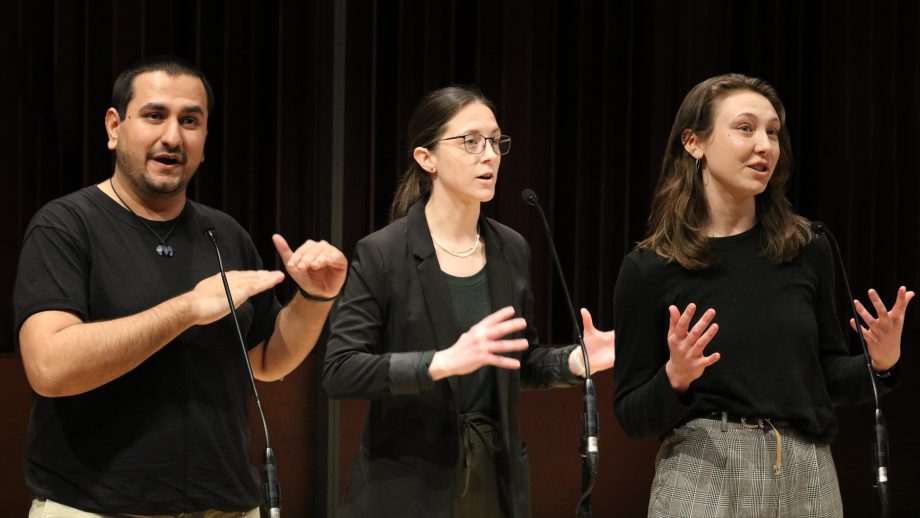WINNIPEG, MB – An extremely significant discovery involving University of Winnipeg anthropologist Dr. Mirjana Roksandic will lead to a more complete picture of the migration of early humans in and out of Europe. This is possibly the oldest human fossil from South-Eastern Europe recovered in proper archaeological excavations.
The discovery of the mandible (lower human jaw) allows researchers for the first time to see material evidence of human occupation of the area during Middle to Early Upper Pleistocene. While we are still awaiting the absolute dates, it is clear that the mandible is at least 100,000 years old and likely older. It was found in the Mala Balanica cave, in the Sicevo gorge near the city of Niš, Serbia by the team of archeologists from the Belgrade University led by Dr. Dušan Mihailović, University of Belgrade, who specializes in Paleolithic archeology, and Dr. Roksandic, a biological anthropologist at The University of Winnipeg.
“This discovery is my life’s dream,” said Dr. Roksandic. “I entered this career because I was fascinated by Neanderthals, but this is even better. So far we have been missing concrete evidence of human movement between the Near East, (and by extension Africa and Asia) and Europe. As undergraduates, Dušan and I hypothesized that humans must have used the Balkan corridor but there has been very limited research done in this part of Europe. As a result of this find, we now know there is much more potential for discovery of human fossils to help us piece together the story of early human migrations.”
A student working at the cave under Dr. Mihailović’s direction unearthed the mandible and in March he sent a picture for identification to Dr. Roksandic in Winnipeg.
“I was jumping around the house,” Dr. Roksandic said.” I thought this is amazing. I went to my department head and University of Winnipeg sent me to Serbia so I could examine and describe the bone and participate in the excavation of the site. The mandible is even more unique than I realized based on pictures.“
Dr. Roksandic just returned from Serbia and is preparing to publish the discovery with her colleagues in a peer-reviewed anthropology journal. The next step is to do absolute dating on the mandible and apply for funding to do more excavations, and prospecting in the area. Dr. Roksandic’s goal is to enable the participation of upper level undergraduate students from University of Winnipeg and interested graduate students from elsewhere in Canada in the excavation and gain first-hand experience of a Paleolithic site with human fossils.
FOR MORE INFORMATION
Diane Poulin, Communications Officer, The University of Winnipeg
P: 204.988.7135 E: d.poulin@uwinnipeg.ca




